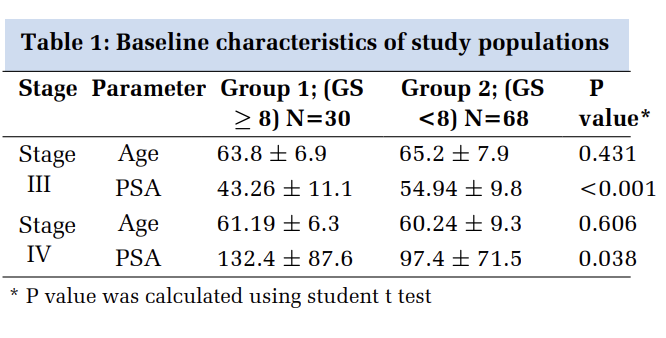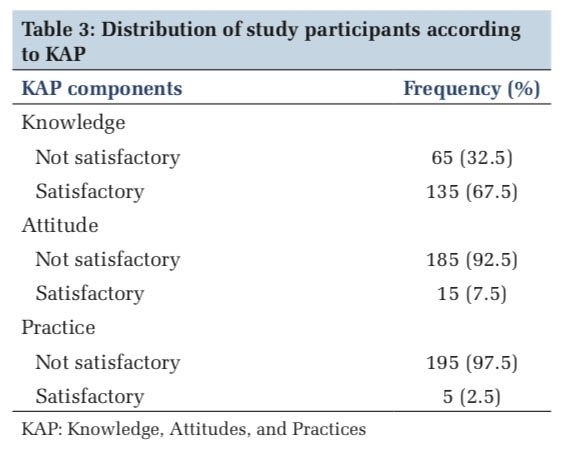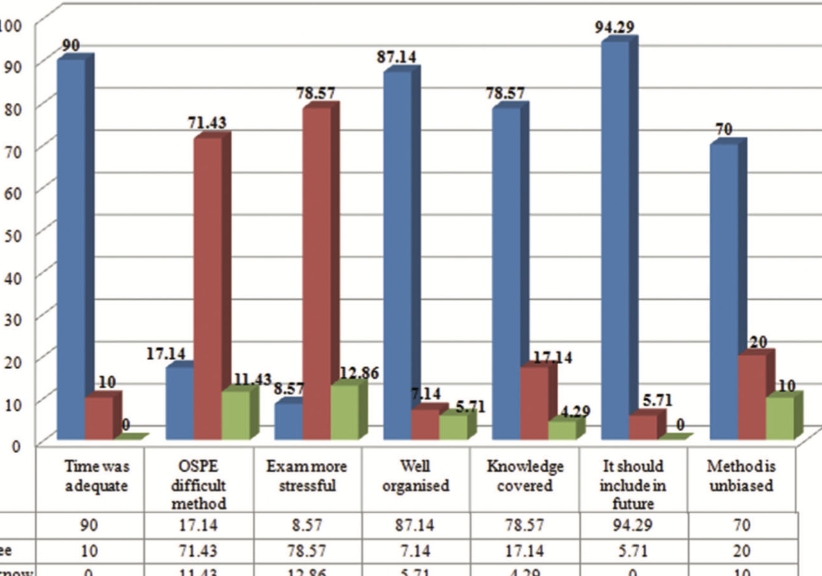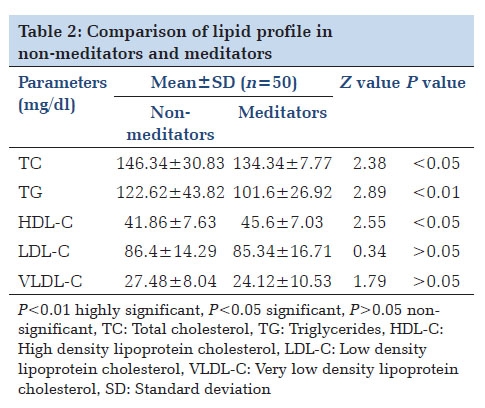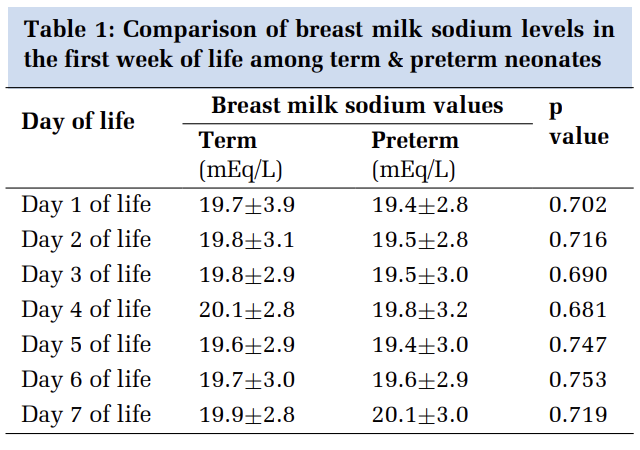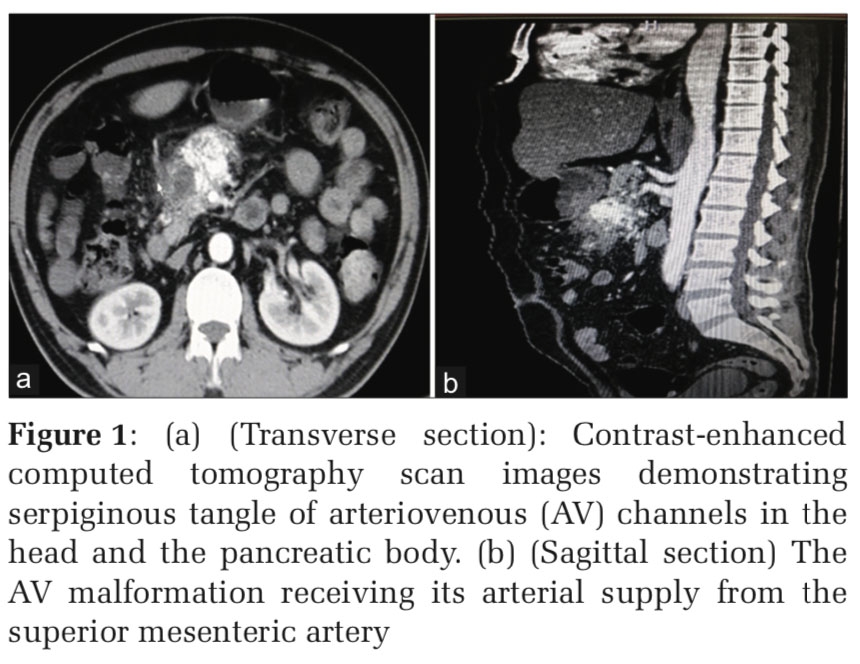Introduction
Anemia is a health problem where the blood does not have enough red blood cells, or hemoglobin, which means it does not carry enough oxygen. A hemoglobin reading below 13.0 g/dL in men and 12.0 g/dL in women who are non-pregnant is what the World Health Organization calls it 1 . Lack of iron or vitamin B12, long-term illness, genetic problems, or blood loss are some of the things that can cause this. Diet changes, vitamins, medicine, or even blood donations may be used as treatment.

Prevalence of Anemia in Diabetic Kidney Disease
Around 500 million women and 269 million children worldwide suffer from anemia, with Africa and South-East Asia being the most affected, with 106 million women and 103 million children affected 2.
Anemia is common in individuals with CKD, especially those with DKD, due to reduced erythropoietin production due to kidney impairment and chronic inflammation. The incidence varies between 20% and 50% 3 . Anemia management involves improving glycemic control, blood pressure, and using ESAs or iron supplements. ACE inhibitors or angiotensin II receptor blockers may delay renal failure and reduce anemia risk, but consistent monitoring is crucial 4.

Diabetes is a rapidly growing global health emergency, with 537 million people affected in 2021, projected to reach 643 million by 2030 and 783 million by 2045 (see Figure 2). Impaired glucose tolerance is also a significant issue, with over 6.7 million deaths from diabetes-related causes. 5
|
Cause |
Details |
|
A. Reduced Erythropoietin Production |
Diabetes-induced kidney damage leads to decreased erythropoietin (EPO) production, a hormone that stimulates red blood cell production, resulting in anemia 6 . |
|
I. Renal Damage |
In DKD, the gradual deterioration of the kidneys hampers their capacity to generate EPO. Decreasing kidney function leads to reduced EPO production, worsening the progression of anemia. 7 |
|
II. Hypoxia |
DKD causes tissue hypoxia, resulting in insufficient oxygen supply, promoting hypoxia-inducible factor (HIF) production, but DKD's reduced response to HIF leads to insufficient EPO synthesis despite tissue oxygen deficiency 8. |
|
III. Inflammation |
In DKD, chronic inflammation is common and can interfere with the production and activity of EPO. Inflammatory cytokines can suppress EPO synthesis and lead to functional iron deficiency, further exacerbating anemia 9. |
|
IV. Hormonal Imbalances |
DKD, along with other hormonal abnormalities like insulin resistance and renin-angiotensin-aldosterone system abnormalities, can lead to the development of anemia. |
|
B. Iron Deficiency |
Iron deficiency is a significant cause of anemia in DKD, as hemoglobin, a protein in red blood cells, requires iron for oxygen transport, and can occur due to various factors. |
|
I. Decreased Intestinal Iron Absorption |
Chronic kidney disease, including DKD, can lead to alterations in the gastrointestinal tract that impair the absorption of dietary iron, resulting in reduced iron availability for the production of hemoglobin and RBCs 10 . |
|
II. Blood Loss |
Patients with DKD may experience blood loss from the gastrointestinal tract due to conditions such as gastrointestinal ulcers, contributing to iron deficiency anemia 11 . |
|
III. Increased Iron Loss |
DKD often leads to increased iron loss through urine due to kidney damage, resulting in the loss of iron-binding proteins like transferrin, causing iron wasting. |
|
IV. Inflammation |
Chronic inflammation in DKD can lead to functional iron deficiency, influenced by inflammatory cytokines like IL-6, which disrupt iron metabolism and alter iron absorption and distribution 9 . |
|
V. Hemodialysis |
Advanced DKD patients may require hemodialysis for end-stage kidney disease management, which can lead to iron loss due to the removal of iron during dialysis 12 . |
|
C. Inflammation and Chronic Disease |
Chronic disorders, such as cardiovascular ailments, diabetes, renal disease, autoimmune disorders, and malignancies, are long-term health issues that require ongoing medical treatment due to inflammation 13 . |

|
Sr. No |
Step |
Test |
Description |
|
1 |
Hemoglobin (Hb) Levels |
Hemoglobin Test |
Measures the amount of hemoglobin, the protein in red blood cells that carries oxygen. Low Hb levels indicate Anemia 14 . |
|
2 |
Hematocrit (Hct) Levels |
Hematocrit Test |
Measures the proportion of blood volume occupied by red blood cells. Low Hct levels suggest decreased RBC volume. Normal range: 38-52% for males, 35-47% for females 15. |
|
3 |
Serum Ferritin |
Ferritin Test |
Indicates the amount of stored iron in the body. Low serum ferritin levels suggest iron deficiency Anemia 16 . |
|
4 |
Transferrin Saturation (TSAT) |
TSAT Calculation |
Assesses the amount of iron available for red blood cell production. Low TSAT levels indicate iron deficiency 17. |
|
5 |
Complete Blood Count (CBC) |
CBC Test |
Provides information on RBC, WBC, and platelet counts. |
|
6 |
Kidney Function Tests |
Serum Creatinine and eGFR |
Assesses kidney function and the stage of kidney disease. |
|
7 |
Serum Iron |
Serum Iron Test |
Measures the amount of iron circulating in the bloodstream. Low serum iron levels indicate iron deficiency anemia. |
|
8 |
Total Iron-Binding Capacity (TIBC) |
TIBC Test |
Measures the capacity of transferrin to bind iron. High TIBC levels indicate iron deficiency anemia 18 . |
|
9 |
Transferrin Saturation |
Transferrin Saturation Calculation |
Indicates the fraction of transferrin bound to iron. Low transferrin saturation indicates iron deficiency. Calculated by dividing serum iron by TIBC and multiplying by 100 19 . |
|
10 |
Transferrin Receptor Levels |
sTfR Test |
Measures the level of soluble transferrin receptors, which increase when there is iron deficiency. |
|
11 |
Reticulocyte Count |
Reticulocyte Count Test |
Measures the number of immature red blood cells in the bloodstream. Elevated reticulocyte count can indicate a response to anemia 20 . |

Treatment of Anemia in Diabetic Kidney Disease
Comprehensive overview of the treatment options for anemia in patients with DKD is given in Supplementary table A.
Additional Notes
ESAs
-
ESAs dosage adjustments are based on patient's hemoglobin levels and therapy response, aiming to maintain levels within clinical guidelines' target range of 10-12 g/dL 21.
Iron Products
-
Oral iron supplements should be taken on an empty stomach to enhance absorption but can be taken with food to reduce gastrointestinal side effects 22 .
Monitoring Iron Status
-
Ferritin and transferrin saturation levels should be monitored regularly to assess iron status and guide iron therapy, typically every 1-3 months or more frequently if iron deficiency is suspected or the patient is on IV iron therapy 23 .
Administration Tips
-
Oral Iron: Should be spaced apart from calcium supplements and certain medications to avoid interactions that impair absorption.
-
IV Iron: Requires monitoring for allergic reactions, particularly with first doses. Pre-medication with antihistamines may be considered in patients with a history of drug allergies.
-
Hemoglobin Levels: Regular monitoring is essential to adjust ESA dosing and ensure patient safety. Monitoring should be done weekly to monthly depending on the stability of hemoglobin levels.
Complications of Untreated Anemia in Diabetic Kidney Disease
A. Cardiovascular Disease
1. Increased Cardiac Workload 24
-
Anemia reduces blood's oxygen-carrying capacity.
-
Heart works harder → Left ventricular hypertrophy → Heart failure.
2. Ischemic Heart Disease 25
-
Inadequate oxygen delivery to heart → Exacerbates ischemic heart disease → Angina, myocardial infarction.
3. Hypertension 26
-
Anemia stimulates renin-angiotensin-aldosterone system & increases sympathetic activity → Hypertension → Progression of kidney disease.
4. Arrhythmias 27
-
Anemia disrupts electrolyte balance & alters cardiac conduction → Arrhythmias (e.g., atrial fibrillation) → Increased risk of stroke.
5. Worsening Kidney Function 28
-
Cardiovascular disease & kidney disease exacerbate each other → Progression of kidney disease.
6. Increased Mortality Risk
-
Higher risk of mortality due to cardiovascular complications.
B. Fatigue and Decreased Quality of Life
1. Fatigue 29
-
Reduced oxygen delivery → Exhaustion, weakness, loss of energy.
2. Decreased Exercise Tolerance
-
Impaired oxygen transport during physical activity → Shortness of breath, palpitations, fatigue → Sedentary lifestyle.
3. Impaired Cognitive Function 30
-
Severe anemia impacts cognitive function, concentration, memory, executive function.
4. Emotional Impact
-
Fatigue and reduced quality of life → Frustration, sadness, irritability, decreased motivation.
5. Social Isolation
-
Fatigue and reduced quality of life → Social withdrawal, loneliness, depression, anxiety.
C. Progression of Kidney Disease
1. Hypoxia-Induced Renal Damage 31
-
Anemia causes tissue hypoxia → Exacerbates renal injury in DKD.
2. Renal Hypoxia and Fibrosis
-
Hypoxia activates inflammatory pathways and releases fibrogenic factors → Renal fibrosis → Decline in kidney function.
3. Increased Renal Injury 32
-
Anemia-related hypoxia → Oxidative stress, inflammation, endothelial dysfunction → Accelerates decline in GFR, exacerbates proteinuria.
4. Aggravation of Renal Hemodynamic 33
-
Anemia activates RAAS & increases sympathetic activity → Vasoconstriction, glomerular hypertension → Further kidney damage.
5. Impaired Renal Repair 34
-
Anemia interferes with tissue repair and regeneration processes → Hinders recovery from acute kidney injury → Progression of CKD
6. Increased Risk of Cardiovascular Disease
-
Anemia increases risk of hypertension, atherosclerosis, heart failure → Cardiovascular disease exacerbates renal injury 35 .
Conclusion
Early detection and treatment of anemia in Diabetic Kidney Disease (DKD) is crucial for improving patient outcomes and quality of life. Anemia in DKD, a common complication, can cause cardiovascular issues, tiredness, and renal damage if left untreated. Regular monitoring of hemoglobin levels, hematocrit, serum ferritin, iron studies, and reticulocyte count can help identify anemia early. Treatment can alleviate symptoms, improve energy levels, enhance exercise tolerance, and reduce the risk of cardiovascular events. Addressing anemia early can mitigate kidney disease progression, reduce comorbidities, and improve overall prognosis and quality of life. Proactive screening, timely diagnosis, and comprehensive management are essential components of holistic care for individuals with DKD. Collaborative efforts between healthcare providers are essential for optimal outcomes.
Future research directions
Future research on managing Anemia in DKD should focus on optimal treatment strategies, individualized management, iron metabolism, cardiovascular outcomes, healthcare delivery, quality of life, and novel therapeutic targets to improve patient outcomes, including renal function preservation and long-term survival.
Acknowledgment
We thank Krescent Medical Research Pvt Ltd for overall guidance during the preparation of this manuscript.
Financial support and sponsorship
Nil.
Conflicts of interest
There are no conflicts of interest.
Software used
The figures were created using BioRender 1 and Canva 2 .





